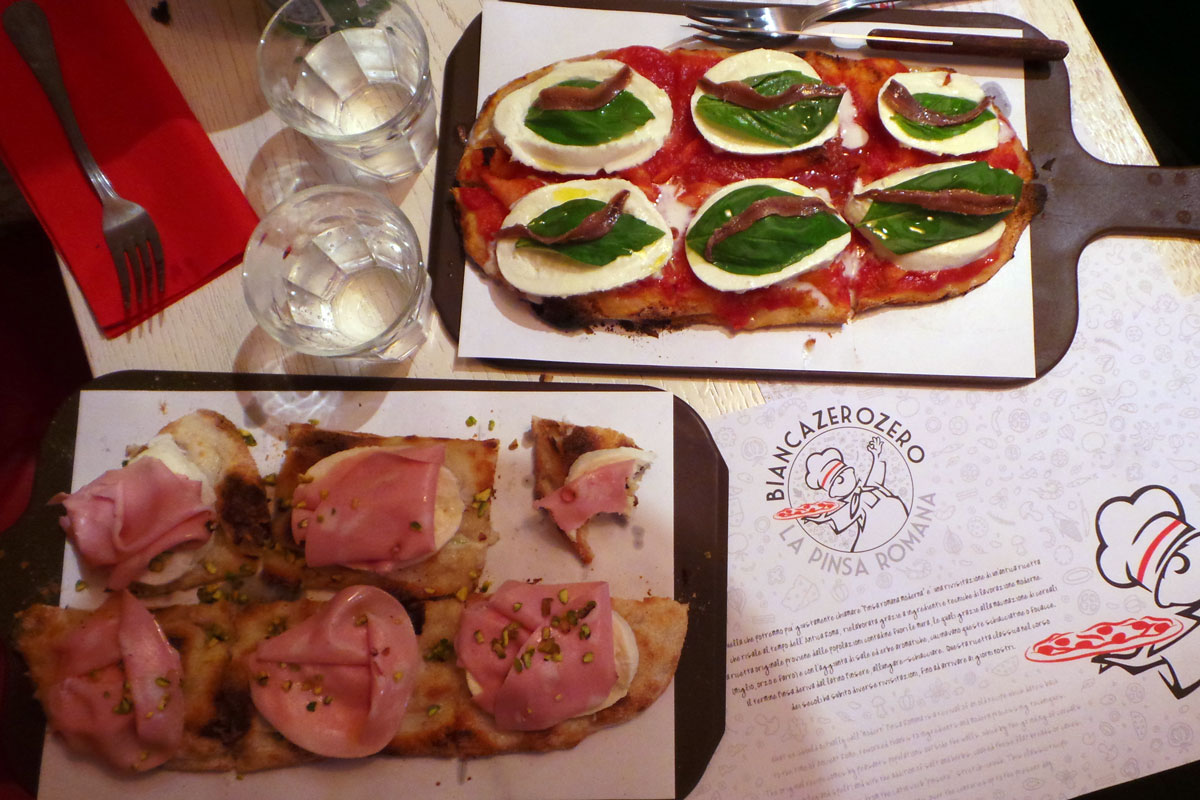Pizza in Italy is not what it used to be—that is, an inexpensive street food designed to feed the masses. These days, eating out is more about pleasure than necessity. It’s only natural that customers look for a product that makes them feel good rather than one that keeps them full longer. “Today people want a digestible product, a product they can eat without feeling heavy and bloated,” says Mario Cipriano, co-owner and chef pizzaiolo at Il Vecchio e Il Mare in Florence. He says he developed his recipe “based on the study of flour to make a digestible pizza.”
Cipriano and many others in Italy vie fiercely to offer the pizza with the best crumb structure. At the Italian Pizza Star competition in Florence, traditional pizza cutters have been replaced with shears to guarantee that air pockets in the crust stay in pristine condition. Regardless of the pizza style, Italians value bubbles in their crust more than ever. Here are three ways you can add more puff to your crust:
1: Neapolitan Style: Low Protein
Low-protein flour is key to a Neapolitan pizza style, Cipriano says. “This is fundamental, because the lower the amount of protein, the more digestible the pizza becomes,” he notes. “Up until recently, the kind of flour being used had a high level of protein—a high W strength—because this made life for the pizzaiolo easier. [High-protein] dough is easier to manage—it lasts for three or four days, and it’s easy to stretch—but it stays longer in your stomach, too.”

2: Roman Style: Strong Flour
Fortunately, strong flour can be made into a highly digestible product with a longer fermentation. Alex Manzo, owner of Manzo Food Sales and a partner in the Roman Pizza Academy in Miami, says the Roman-style version of pizza combines innovation with tradition. “Italy didn’t always have strong flour, which makes the process of long fermentation possible,” he says. “This is not technically ‘traditional,’ but it makes the product more aromatic and digestible.” Today, strong flour is a staple in Roman-style pizza making.
3: Pinsa Romana: Formulated Mix
For those who aren’t schooled in pizza making but still want to offer a highly digestible product, different flour mixes can do the science for you. Pizzeria Bianca Zero Zero in Florence uses a mix to consistently produce pinsa. Like Roman-style pizza, the bulk of the work is done in advance by par-baking the crust. Tony Scalioti, owner of Bianca Zero Zero, says he loves serving pinsa because “it is highly digestible and has half the calories when compared to a pizza classica.” Using a mix also means a shorter rise time.

Pinsa Romana (above) resembles Roman-style pizza (below) in structure and texture. One big difference is that pinsa is served in smaller oval portions, whereas Roman pizza is baked in a large bakery tray and sliced. Both are known for their airy crust with a distinct crunch and high digestibility.















